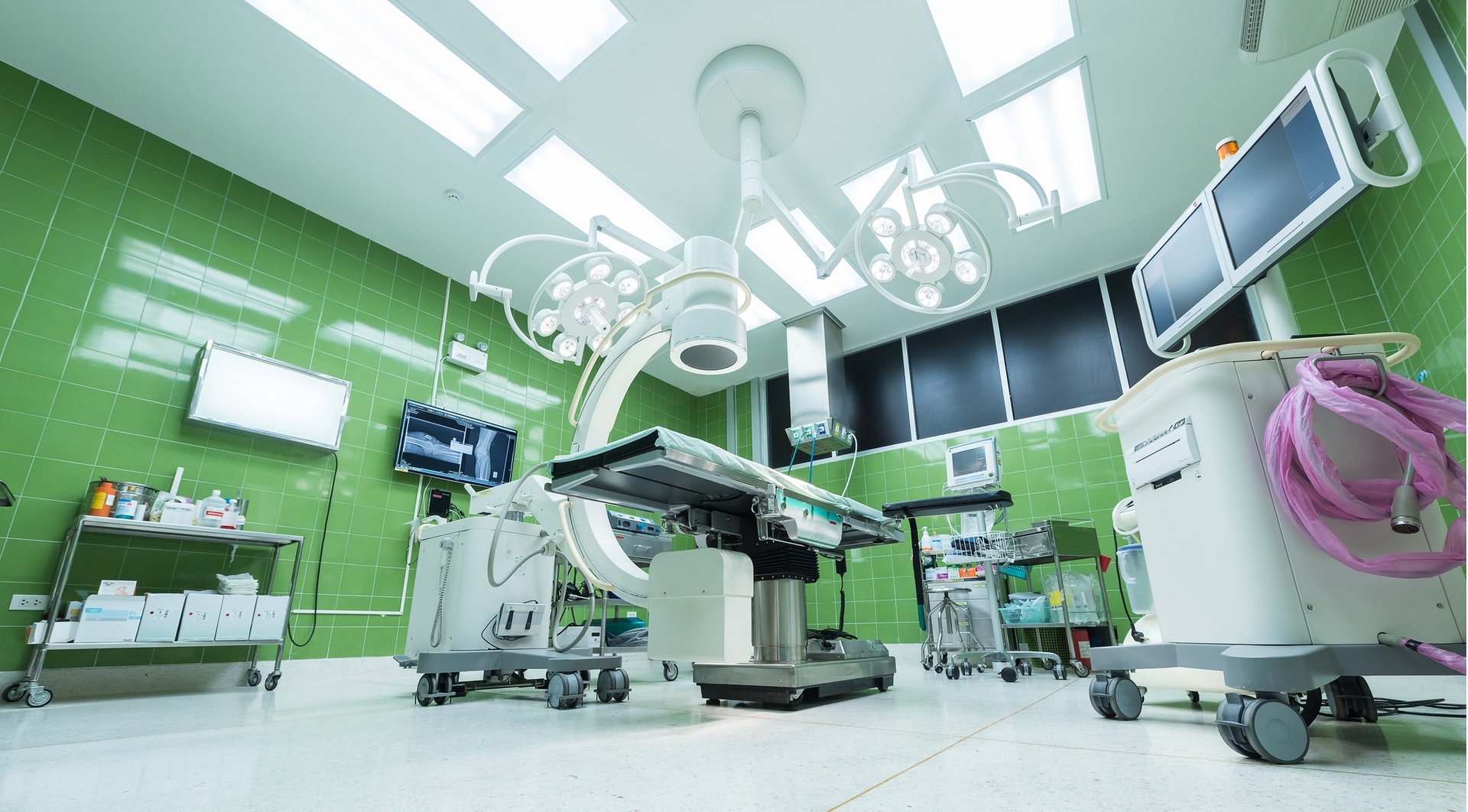Aviation analogies are often used when discussing and analyzing healthcare quality issues. Both companies rely on the decision-making process of a relatively small number of experts to ensure the safety of their customers. Victims of operator error have decreased dramatically in aviation since the introduction of flight simulator technologies. This and other procedural improvements have made aviation one of the most efficient forms of travel. According to a source, there is an assessment of simulation infrastructure in health. Below are the impact of simulation technology in the medical industry.
Conducts Medical Training Easily
Today, online clinical simulation education is available and ready to assist in the education and practice of nurses. Many point out that it can change the landscape of this drug by providing unparalleled quality education and experience to today’s physicians, nurses, and medical professionals. However, it is extremely important to focus on the main benefits of medical simulation and how it can change the practice and understanding of this drug.
Fewer Restraints on Clinical Learning
If a medical professional makes a serious error that results in patient injury or death within the simulation, the chance of producing the same error in clinical practice is much lower. Individual digital simulators are available everywhere at the same time; access to excellent education is no longer limited by access to classrooms, teachers, and experts. The medical student, nurse, or physician with an Internet-connected personal computer can complete training at any time, day or night.
Reduced Variability in Delivery
 Simulation training has the potential to revolutionize the health care industry by improving training skills and ultimately improving the standards of health care. The ability to train physicians in a worry-free environment, the ease of access, and the ability to understand and address skill gaps demonstrate that simulation technology is well-positioned to have a profound impact on the caliber of healthcare delivery and training in the United States.
Simulation training has the potential to revolutionize the health care industry by improving training skills and ultimately improving the standards of health care. The ability to train physicians in a worry-free environment, the ease of access, and the ability to understand and address skill gaps demonstrate that simulation technology is well-positioned to have a profound impact on the caliber of healthcare delivery and training in the United States.


